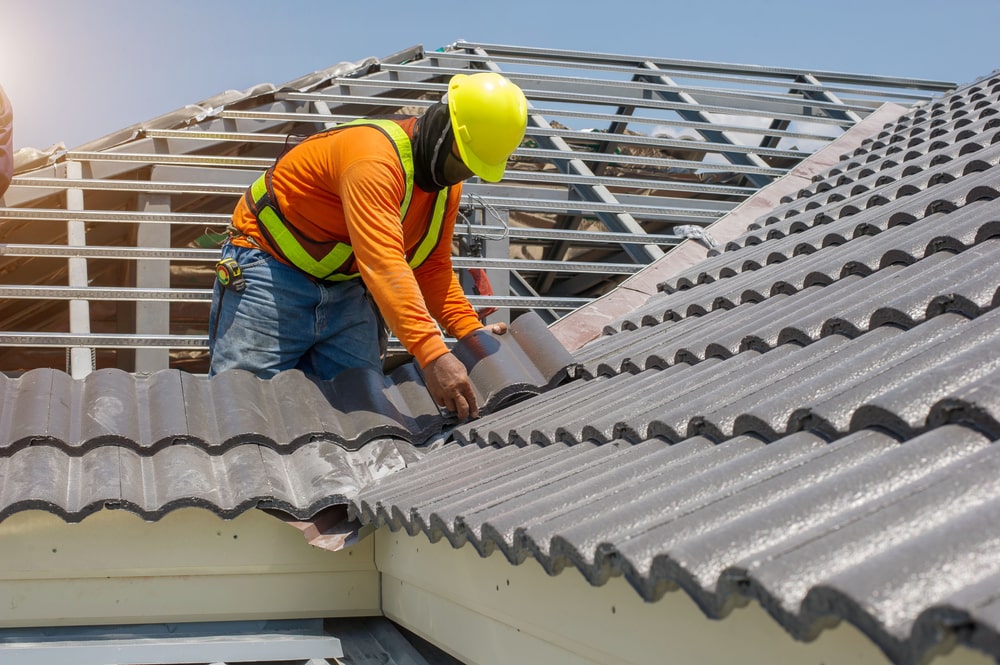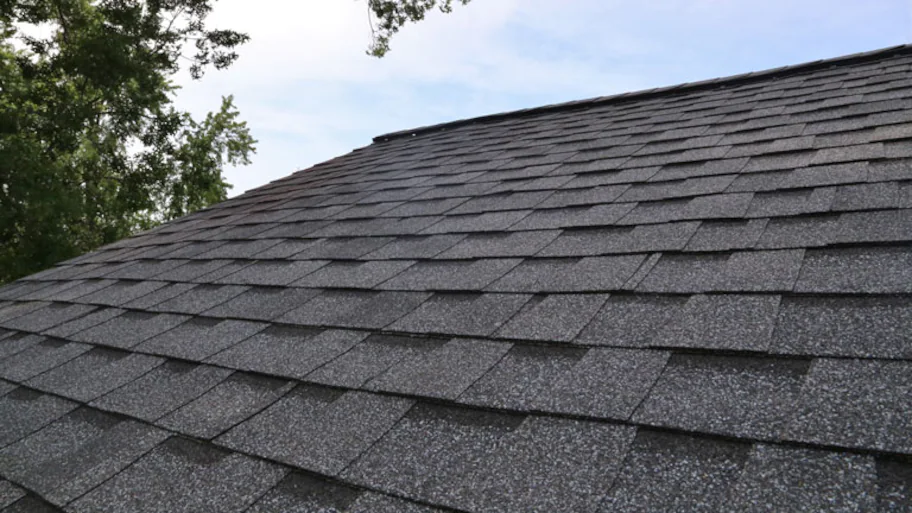Client Testimonies on the most effective Gainesville FL Roofing Companies Available
Client Testimonies on the most effective Gainesville FL Roofing Companies Available
Blog Article
Finest Practices for Ensuring Proper Roofing Air Flow
A balanced consumption and exhaust air vent proportion, typically 1:300, plays a pivotal function, with consumption vents ideally positioned at the reduced edge of the roofing for cool air access and exhaust vents at the top for warm air exit. Keeping insulation away from vents is critical to stop air flow constraint.
Understand Air Flow Basics
Correctly understanding air flow fundamentals is vital for ensuring the longevity and effectiveness of roof. Reliable air flow mitigates moisture build-up and temperature extremes in the attic, both of which can cause significant architectural damages gradually. A well-ventilated roof aids in protecting against usual problems such as mold development, wood rot, and ice dams, which can endanger the stability of the roof materials and the underlying structures.
The primary goal of air flow is to assist in the motion of air, permitting a consistent exchange in between the outside and interior atmospheres. This balance is achieved via a combination of intake and exhaust vents that collaborate to keep optimum air movement. Intake vents, commonly situated along the soffits or eaves, allow fresh air to go into the attic room room, while exhaust vents, usually situated at or near the roofing ridge, allow warm, humid air to run away.
Secret variables influencing the efficiency of roof covering air flow consist of appropriate positioning, ample sizing, and guaranteeing that both intake and exhaust vents are unblocked. Routine inspection and maintenance are crucial to identify prospective blockages, damage, or inefficiencies in the air flow system, thereby protecting the roof's efficiency and durability.
Kinds Of Roof Vents
Roofing system vents play a critical function in keeping effective attic air flow and, by extension, the total health of the roofing system. Various kinds of roof covering vents are offered, each with unique advantages tailored to particular roofing demands.

Soffit vents are mounted under the eaves and work in tandem with roof vents to guarantee a balanced intake and exhaust system. By enabling cooler air to go into from below, soffit vents promote the expulsion of hot air with top vents. Gable vents, located on the exterior wall surfaces of the attic, deal an additional efficient service, particularly in homes with saddleback roofs.
Evaluate Your Existing Ventilation

Next, take into consideration the age and problem of your roof materials and ventilation parts. Older systems may not conform with current building regulations or may have weakened gradually, minimizing their effectiveness. Conduct a complete assessment to recognize any indicators of deterioration, such as corrosion, damages, or voids that could jeopardize the system's performance.
Furthermore, determine the attic temperature level and humidity degrees. High temperature levels and moisture can show poor ventilation.
Installation Best Practices
Efficient setup of roof covering air flow systems is paramount for ensuring optimal efficiency and longevity. Correct setup starts with understanding the particular air flow needs of the structure and the roofing system it covers. This includes computing the appropriate ratio of consumption to wear down vents, generally sticking to the 1:300 policy, which states one square foot of air flow for every single 300 square feet of attic room floor room.

Consumption vents need to be mounted at the roof covering's reduced side, usually in the soffits, to permit trendy air to get in. Exhaust vents, on the various other hand, should be set up near or at the roofing's height to promote the leave of warm, wet air.
Seal all vent links thoroughly to avoid air leakages and prospective water seepage. Usage top quality materials and comply with supplier standards to make certain durability and efficiency. Additionally, integrating ridge vents with baffles can dramatically improve airflow performance by stopping wind-driven rain and snow from getting in the attic room.
Ultimately, specific installation of roof covering air flow systems minimizes potential concerns such as mold growth, ice dams, and structural damage, ensuring the roofing system's honesty and the structure's general wellness.
Regular Upkeep Tips
Consistency in maintenance techniques is fundamental to guaranteeing the long-term effectiveness of roof covering ventilation systems. Throughout these assessments, ensure that vents are complimentary of debris, nests, and various other obstructions that might hinder air movement.
Cleaning up the vents is an additional crucial job. Utilize a soft brush or a vacuum to remove dust and Homepage particles from consumption and exhaust vents. Beware not to damage the vent screens or louvers throughout the procedure. In addition, check the attic room area for any kind of signs of water damage, which can jeopardize the honesty of the roof.
Appropriate insulation is equally vital. Guarantee that attic insulation does not obstruct the vents, as this can significantly limit air movement. Reposition or replace it to maintain an efficient barrier. if any insulation has moved or worked out.
Last but not least, change any damaged or missing out on parts quickly. Broken vents, split shingles, or worn-out blinking can all add to insufficient air flow and needs to be dealt with immediately. Normal upkeep makes sure that the roof air flow system functions optimally, thus extending the life-span of the roof itself.
Verdict
Making certain proper roof covering ventilation is critical for preserving the efficiency and sturdiness of a roofing system. Adherence to the 1:300 intake and exhaust vent ratio, coupled with the critical positioning of vents, is important.
A well balanced intake and exhaust air vent proportion, commonly 1:300, plays a crucial duty, with consumption vents preferably positioned at the lower side of the roof for great air entrance and exhaust vents at the height for warm air exit. Intake vents, generally located along the soffits or eaves, enable fresh air to enter the attic room room, these details while exhaust vents, often positioned at or near the roof ridge, make it possible for hot, moist air to escape.
Soffit vents are mounted under the eaves and job in tandem with roof covering vents to guarantee a balanced consumption and exhaust system. By permitting cooler air to go into from below, soffit vents facilitate the expulsion of hot air with top vents. Adherence to the browse around these guys 1:300 intake and exhaust air vent proportion, combined with the calculated placement of vents, is essential.
Report this page